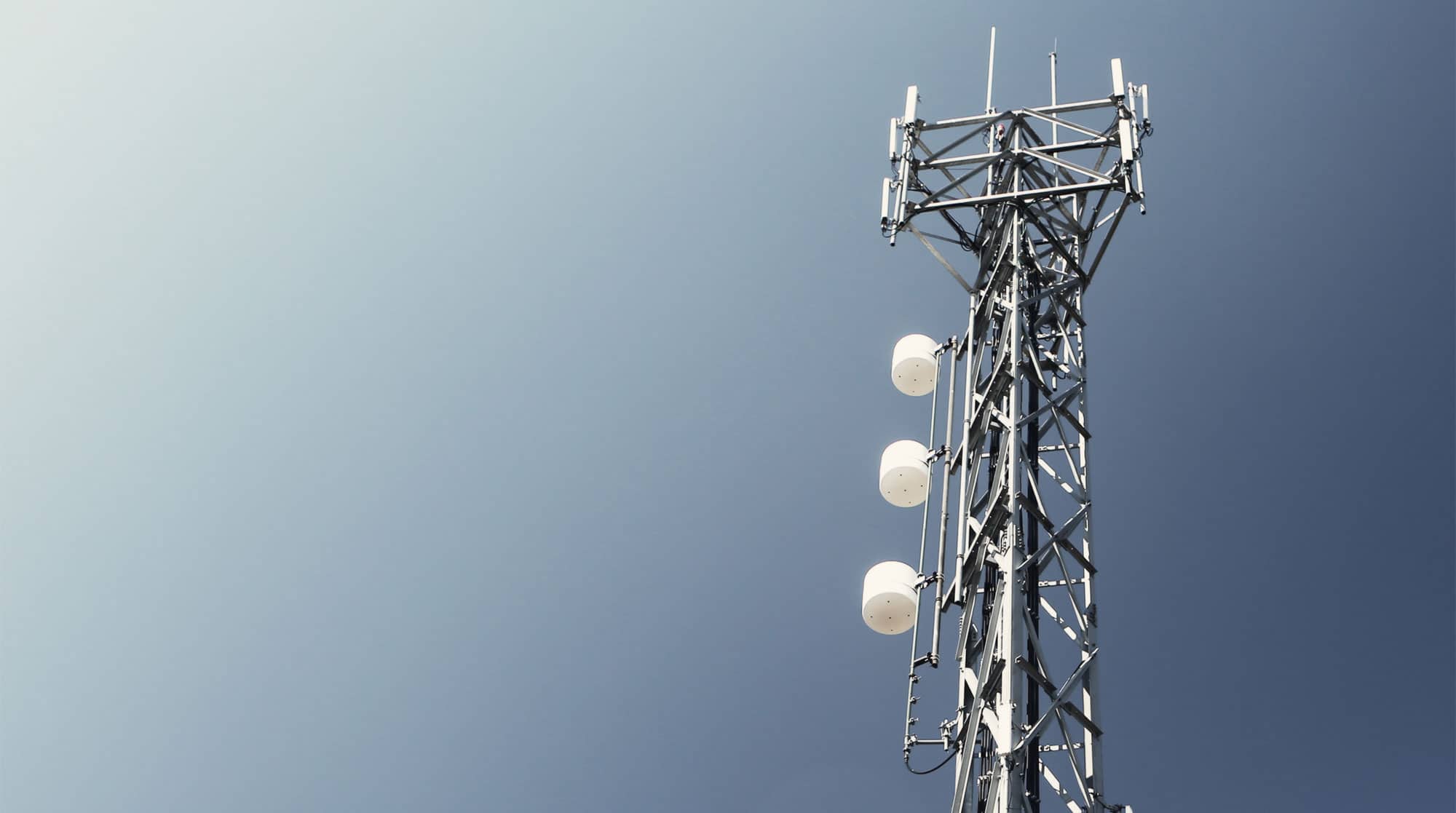Complaints about 5G often include range and speed, but that could change when the next stage of 5G arrives later this year.
The world is moving on to faster technologies all the time, and you don’t have to look hard to find that out for yourself. Your next phone will likely be much faster than your current one, and the same is true for your computer.
And the same is also true for mobile networks as well, which only last year saw a push from 4G into 5G, but didn’t quite realise the power of those fifth generation mobile networks in a way everyone had hoped.
In theory, they’re fast, and when partnered with a 5G phone or mobile modem, they can produce some very high speeds. In practice, you tended to have to be sitting right outside of Telstra or Optus, or be lucky enough to be within spitting distance of the towers for the impact to be made.
But that could change with the next stage of 5G, a technology called “millimetre wave” or “mmWave”. It runs 5G at a higher frequency spectrum and can essentially supercharge the 5G technology as a whole, pushing out improved speeds more in line with the high-speed 5G we’ve all been promised.
This week, Australia saw the first indication that mmWave would be launched locally, with Telstra CEO Andrew Penn confirming that the launch of Australia’s first mmWave 5G device would arrive by the middle of this year, before rolling out to more places pending an auction of the spectrum next year.
The first of those Telstra 5G mmWave devices won’t be a phone, but will be a mobile hotspot, arriving in the Telstra Wi-Fi Pro, set to launch later this year.
“mmWave will supercharge 5G. Its higher capacity and the potential to deliver even faster speeds as well as lower latency will help power the next generation of devices and innovations,” said Andrew Penn.
“Putting its power and opportunities into the hands of our customers early will put them at the forefront of
this revolutionary technology,” he said.
While millimetre wave looks to boost 5G performance overall, the current iteration of 5G will also expand in the process, with Telstra looking to capitalise on the number of 5G devices launching and rolling out support for 5G in 35 cities across Australia by the middle of the year.
“More than 4 million people now pass through our 5G footprint and can access its benefits on any given day,” said Penn. “We will continue to work to deliver world-leading connectivity for our customers.”





